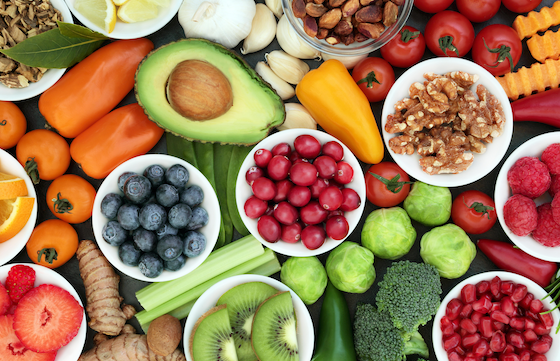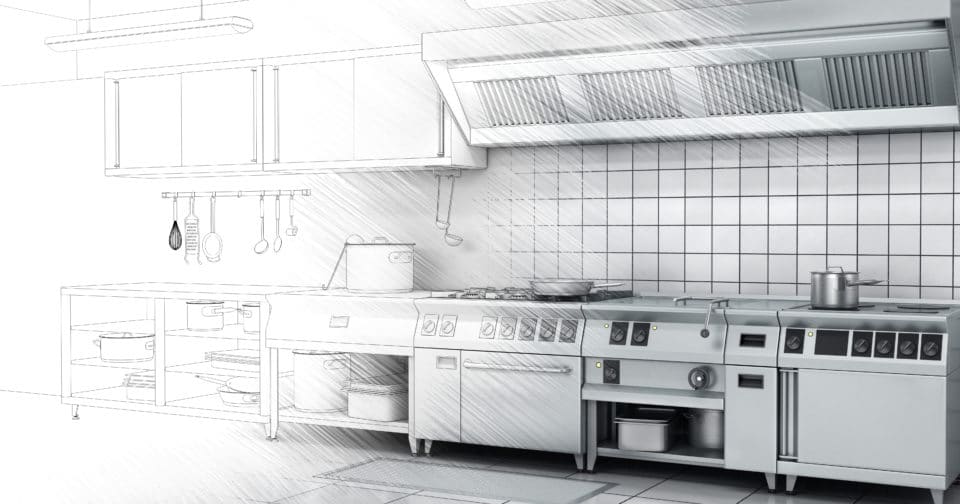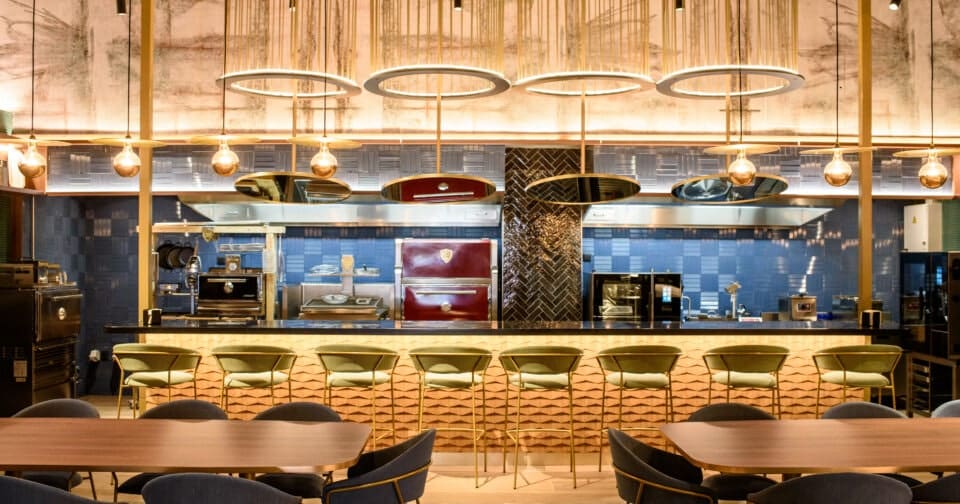
This article is the result of a survey of leading companies in the retail sector in six Latin American countries, with basic economic-social situations of relative heterogeneity.
We have tried to take the common denominators of the current reality of each country, showing the immediate perspective of the sector.
In this context, retail trade manifests itself as a key sector for social sustainability and business continuity – following safety rules and protocols – has been, and remains, the absolute priority.
Highest priority
The first axis is the focus placed today on guaranteeing operation and supply, protecting the health of its collaborators and customers, which today is the highest priority of company managers.
The provision of critical supplies, such as alcohol gel and paper, is ensured in the first instance for business partners and clients and later for sale.
Preventive measures are taken, mainly focused on their stores, but also on their non-visible areas of operational support/back-office, including distribution centres and transport.
Managing the supply chain
The second axis focuses on the supply chain, with different origins, which could be divided into several segments:
Stock shortages and shortages of basic products due to the behaviour of people who are over-stocking. Retail supply systems are, to a greater or lesser extent, predictors of behaviour.
When for some exogenous reason, as in this crisis, consumption variables are repeatedly altered, the complex supply system collapses -from the producer or manufacturer to replacement logistics, with a number of intermediate steps – the current chain out of everyday “harmonic balance”. This is the so-called “supply in context of uncertain demand”.
In this context, since the entire chain suffers contingencies, the deviations are amplified and redundant.
The search for replacements to product shortages, the bureaucratic difficulties of registering products and suppliers, the implicit cost increases, etc. are today:
Shortages of critical products due to specific demand: These products, such as alcohol in gel, do not have context-adjusted supply parameters, therefore the entire chain goes into default. These cases are more visible and sensitive for everyone in the current and demanded situation enormous efforts by commercial, logistical and operational teams to maintain the level of supply according to current requirements, given the exponential increase in the volume operated.
Rupture in the imported supply chain: We must consider, the enormous percentage of non-food products originating in China that are obviously not being replenished, as also happens with other countries such as India and the rest of Southeast Asia.
Where this is concerned, the scenarios vary according to the base economic model, that is countries that have local industries as an alternative or those with an open economy without local production.
In the first case, most of these are not in a position to respond immediately to increases in production of more than two digits to cover the lack of imports, and if they are, the distortion of associated costs is so high that it presents a dilemma that borders on the legal and ethical.
In the countries of absolute dependence on imported goods, the reduction in port operations is added to the cut in supply, that is, without replacement horizons in the medium term, what is purchased and in transit is also restricted in the normal supply chain flow.
As far as food items are concerned, the same is true of processed foods coming mainly from Europe – products such as olive oils, canned & canned, etc) and it is amplified even in the case of frozen foods, whether packaged or bulk type (breads and deep-frozen pastries, etc).
Delivery
The third axis of the survey is delivery. In all the cases surveyed, the operation is overwhelmed or seriously delayed.
The current Covid-19 crisis seems to be consolidating by force a trend that had been manifesting itself in sustained growth but with few digits, becoming the core of sales in many cases.
Of course, the structures were not/are not ready for such a change in record time. Neither the processes and procedures nor the systems as they had been operating to support such an overflow. It is important to consider that for the vast majority of retailers in Latin América, the method continues to be he store picking model in which it is carried out in part by their own staff (mostly) and to a lesser extent by delivery companies in partnership.
It is evident that there is a collapse of operational resources, with the choice between replenishing the shelves and supplying orders, within a general framework of health care, as we have already mentioned.
Shipments in many countries run delays of up to 15 days and even directly collapsed websites.
Uncertainty
Latin American retail today is experiencing frantic moments of high volume of operations, with operational capacity not adapted to the critical situation and committed to logical procedures for assuring and caring for the health of its collaborators and customers, which further condition standard productivity.
Sales budget over-compliance, with growths of up to three digits were experienced until today in the surveyed countries. How long this momentum will last is difficult to predict in detail, but everything indicates that in the (very) short term, this over consumption will come to an end, and the compensation law will cruelly put negative sales figures, positioning a new medium-term scenario with a very high level of uncertainty, with the cost of structure and cash flow being points to look at with a magnifying glass.
Commitment, discipline of costs and new commercial and logistical strategies post-crisis are mandatory in the highest hierarchy with strategic responsibilities of the companies.
Heraldo Blasco, consultant, The Fresh Id Food and Retail Consultants




